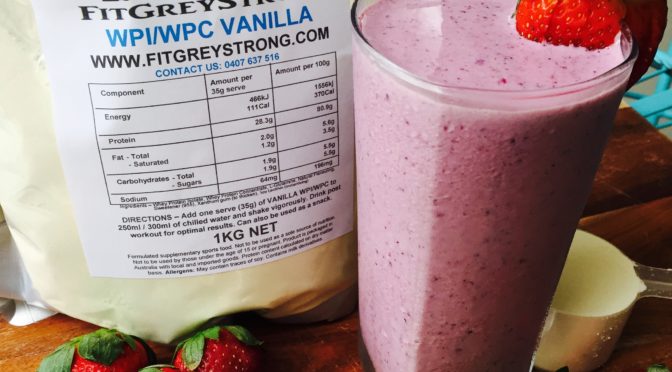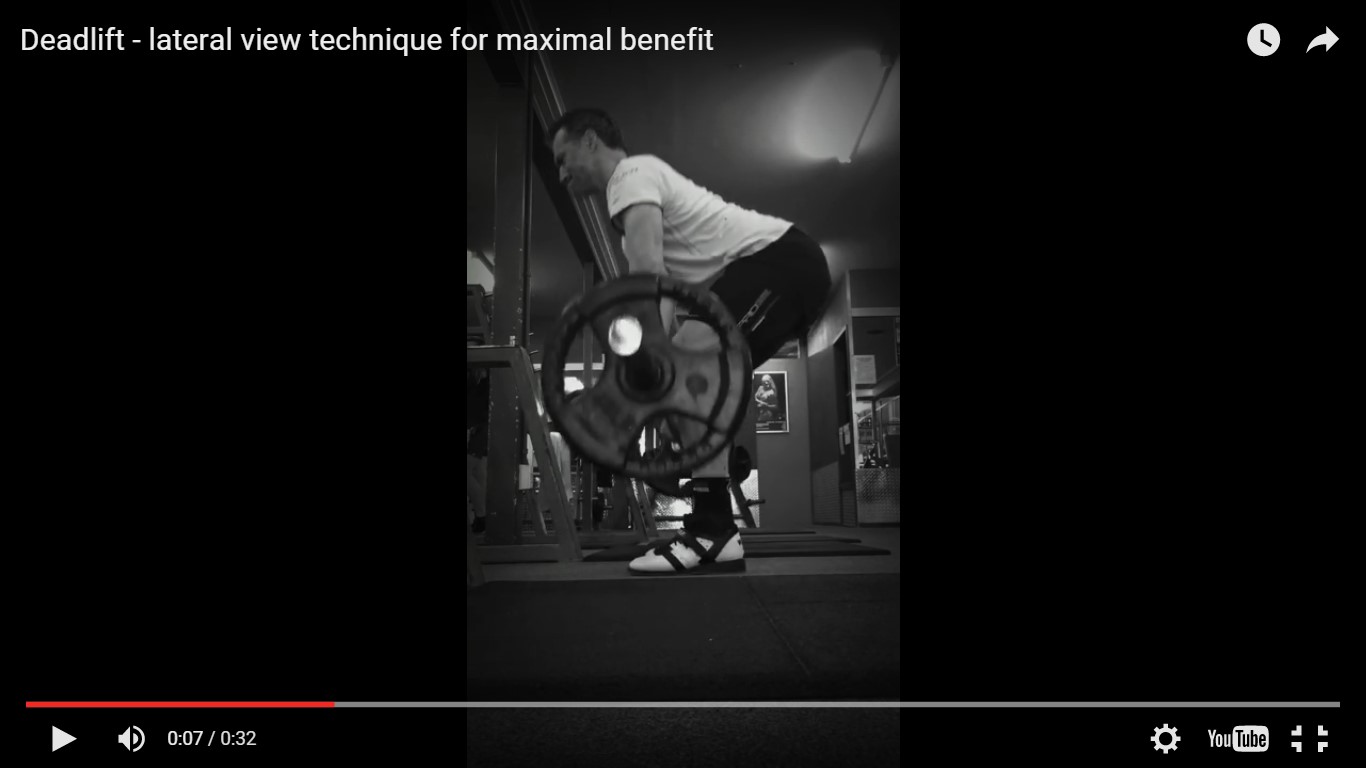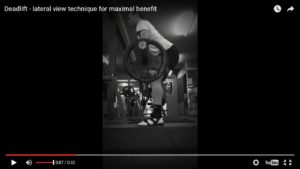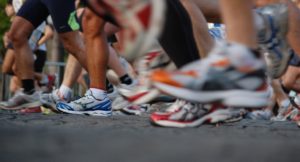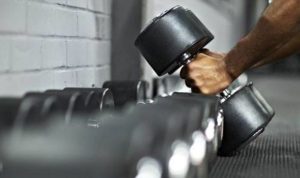This is not going to be a long in-depth blog. In fact, it will simply provide a very condensed review of the paper recently published by Churchward-Venne et al (2016) in the Sports Medicine journal where they discuss: “the current state of evidence regarding the dose-dependent relationship between dietary protein ingestion and changes in skeletal muscle protein synthesis during recovery from resistance-type exercise in older adults. They provide recommendations on the amount of protein that may be required to maximize skeletal muscle reconditioning in response to resistance-type exercise in older adults.”
With an approximately $US50 cost to access this article, most will simply not be willing to fork out that sort of money. So I wanted to outline the key points that were made in this article and provide a little bit more than what appears in the below online abstract. If you have any questions or want further information just leave a comment at the end of the article and I’ll get back to you as soon as possible.

ABSTRACT: Hyperaminoacidemia following protein ingestion enhances the anabolic effect of resistance-type exercise by increasing the stimulation of muscle protein synthesis and attenuating the exercise-mediated increase in muscle protein breakdown rates. Although factors such as the source of protein ingested and the timing of intake relative to exercise can impact post-exercise muscle protein synthesis rates, the amount of protein ingested after exercise appears to be the key nutritional factor dictating the magnitude of the muscle protein synthetic response during post-exercise recovery. In younger adults, muscle protein synthesis rates after resistance-type exercise respond in a dose-dependent manner to ingested protein and are maximally stimulated following ingestion of ~20 g of protein. In contrast to younger adults, older adults are less sensitive to smaller doses of ingested protein (less than ~20 g) after exercise, as evidenced by an attenuated increase in muscle protein synthesis rates during post-exercise recovery. However, older muscle appears to retain the capacity to display a robust stimulation of muscle protein synthesis in response to the ingestion of greater doses of protein (~40 g), and such an amount may be required for older adults to achieve a robust stimulation of muscle protein synthesis during post-exercise recovery. The aim of this article is to discuss the current state of evidence regarding the dose-dependent relationship between dietary protein ingestion and changes in skeletal muscle protein synthesis during recovery from resistance-type exercise in older adults. We provide recommendations on the amount of protein that may be required to maximize skeletal muscle reconditioning in response to resistance-type exercise in older adults.
Key points
- The key question often posed in relation to diet and resistance training is: “How much protein should I consume after a workout/training session to maximise the adaptive response to resistance-type exercise?”
- Whilst the answer to this question is not entirely clear what is known is that this depends on 4 key things: age, bodyweight, energy balance and possibly training status.
- Evidence shows that maximising skeletal muscle protein synthesis rates during recovery from resistance training exercise in younger adults is sufficiently accommodated by the ingestion of ∼20 g of protein or ∼0.25 g protein/kilogram bodyweight.
- Older adults demonstrate a blunted post-prandial muscle protein synthetic response.
- However, older adults as opposed to younger adults require higher amounts of protein during recovery from resistance training exercise to optimally stimulate muscle protein syntheis. Intakes even up to ∼40 g appear necessary.
- No consensus currently exists regarding the amount of protein required to maximally stimulate skeletal muscle protein synethsis rates during recovery from resistance training exercise in older adults.

- Given that older adults not involved in resistance training or vigourous physical activity require an increased intake of protein relative to younger adults, a higher protein intake seems warranted post-exercise after performing resistance training.
- Leucine-enriched whey protein or increased EAA providing 3.5 g leucine have prolonged the duration of the increase in myofibrillar protein synthesis rates following resistive exercise in older men.
- Technically, the capacity of older skeletal muscle to robustly respond with increased protein synthetic response post-resistive exercise may relate to leucine-mediated increases in p70S6K1 (Thr389) phosphorylation and/or amino acid transporter expression.
- The availability of dietary protein-derived amino acids within the circulation following protein ingestion is reduced in older adults.
- The ‘optimal’ dose of ingested protein as previously mentioned may therefore be double (∼40 g) that required by younger adults.
- The dose of ingested protein to induce a maximal stimulation of muscle protein synethesis following resistive exercise appears to increase during energy deficit versus energy balance.
- Greater rates of muscle protein synethesis have been demonstrated when 30 g versus 15 g of whey protein were consumed after training in younger adults when under conditions of mild energy deficit.
- Older adults in energy deficit and engaged in resistive exercise may require even higher amounts of post-exercise protein >40 g but <50 g; however, this is based entirely from extrapolating from younger adults and is therefore speculative at this point in time
- There is a lack of data as to the amount of ingested protein required to maximally stimulate skeletal muscle protein synthesis after resistance-type exercise in younger and older women.
- Continued research is required to unravel the contribution of ageing versus age-related decreases in physical activity on anabolic resistance and whether or not resistive exercise and/or increases in physical activity can reduce age-related anabolic resistance to protein feeding.
- Work on masters athletes with above-average fitness and muscular strength will hopefully help researchers decipher the exact nature of anabolic age-related resistance.
- It is envisaged that this will provide valuable guidance on how best to attenuate these changes through resistive exercise and/or physical activity in addition to nutritional strategies aimed at facilitating maximal muscle protein synthesis.
Reference
Churchward-Venne TA. et al. (2016) “What is the Optimal Amount of Protein to Support Post-Exercise Skeletal Muscle Reconditioning in the Older Adult?” Sports Medicine (see here for publication)
For local Townsville residents interested in FitGreyStrong’s Exercise Physiology services or exercise programs designed to improve muscular strength, physical function (how you move around during the day) and quality of life or programs to enhance athletic performance, contact FitGreyStrong@outlook.com or phone 0499 846 955 for a confidential discussion.
For other Australian residents or oversees readers interested in our services, please see here.
Disclaimer: All contents of the FitGreyStrong website/blog are provided for information and education purposes only. Those interested in making changes to their exercise, lifestyle, dietary, supplement or medication regimens should consult a relevantly qualified and competent health care professional. Those who decide to apply or implement any of the information, advice, and/or recommendations on this website do so knowingly and at their own risk. The owner and any contributors to this site accept no responsibility or liability whatsoever for any harm caused, real or imagined, from the use or distribution of information found at FitGreyStrong. Please leave this site immediately if you, the reader, find any of these conditions not acceptable.
© FitGreyStrong
